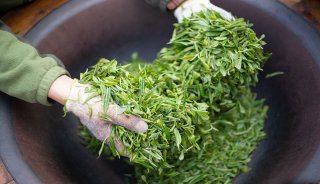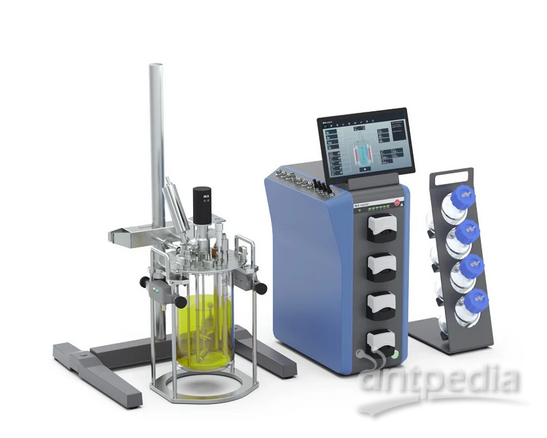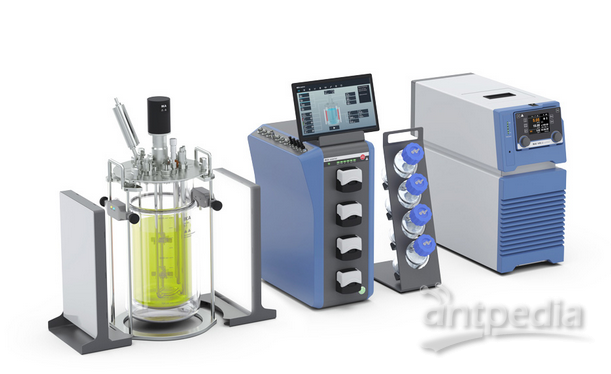Opposing roles of AIF in Apoptosis and Cell Survival

Programmed cell death is induced by many different factors and involves numerous signaling pathways, some dependent on caspase proteases and others that are caspase independent. Like cytochrome C, AIF (apoptosis-inducing factor) is a protein found in mitochondria that is released from mitochondria by apoptotic stimuli. While cytochrome C is linked to caspase-dependent apoptotic signaling, AIF release stimulates caspase-independent apoptosis, moving into the nucleus where it binds DNA. DNA binding by AIF stimulates chromatin condensation, and DNA fragmentation, perhaps through recruitment of nucleases. DNA-binding by AIF occurs through a distinct domain of the protein in a manner that does not relay on specific DNA sequences. AIF also has another domain that acts as an NADH oxidase, a redox enzyme. The NADH oxidase activity of AIF is separable from its DNA-binding activity and is not required for AIF to induce apoptosis. In this role, AIF protects against apoptosis rather than inducing apoptosis. In mice down regulation of the AIF gene created harlequin mice with oxidative damage to neurons and increased neuronal cell death. Loss of AIF also increased sensitivity to peroxides, suggesting that AIF may act as a peroxide scavenger. The mechanism by which AIF protects against peroxide damage is not clear, but may involve a more indirect mechanism than direct peroxide scavenging since the enzyme does not appear to have this activity in vitro. Elucidating further the role of AIF as a redox enzyme will shed further light on its normal function in mitochondria as well as its role in apoptosis and disease.
Contributor: Glenn Croston Ph.D.
REFERENCES: Klein JA, Longo-Guess CM, Rossmann MP, Seburn KL, Hurd RE, Frankel WN, Bronson RT, Ackerman SL. The harlequin mouse mutation downregulates apoptosis-inducing factor. Nature 2002 Sep 26;419(6905):367-74 Lipton SA, Bossy-Wetzel E. Dueling activities of AIF in cell death versus survival: DNA binding and redox activity. Cell 2002 Oct 18;111(2):147-50 Ye H, Cande C, Stephanou NC, Jiang S, Gurbuxani S, Larochette N, Daugas E, Garrido C, Kroemer G, Wu H. DNA binding is required for the apoptogenic action of apoptosis inducing factor. Nat Struct Biol 2002 Sep;9(9):680-4 Yu SW, Wang H, Poitras MF, Coombs C, Bowers WJ, Federoff HJ, Poirier GG, Dawson TM, Dawson VL. Mediation of poly(ADP-ribose) polymerase-1-dependent cell death by apoptosis-inducing factor. Science 2002 Jul 12;297(5579):259-63























